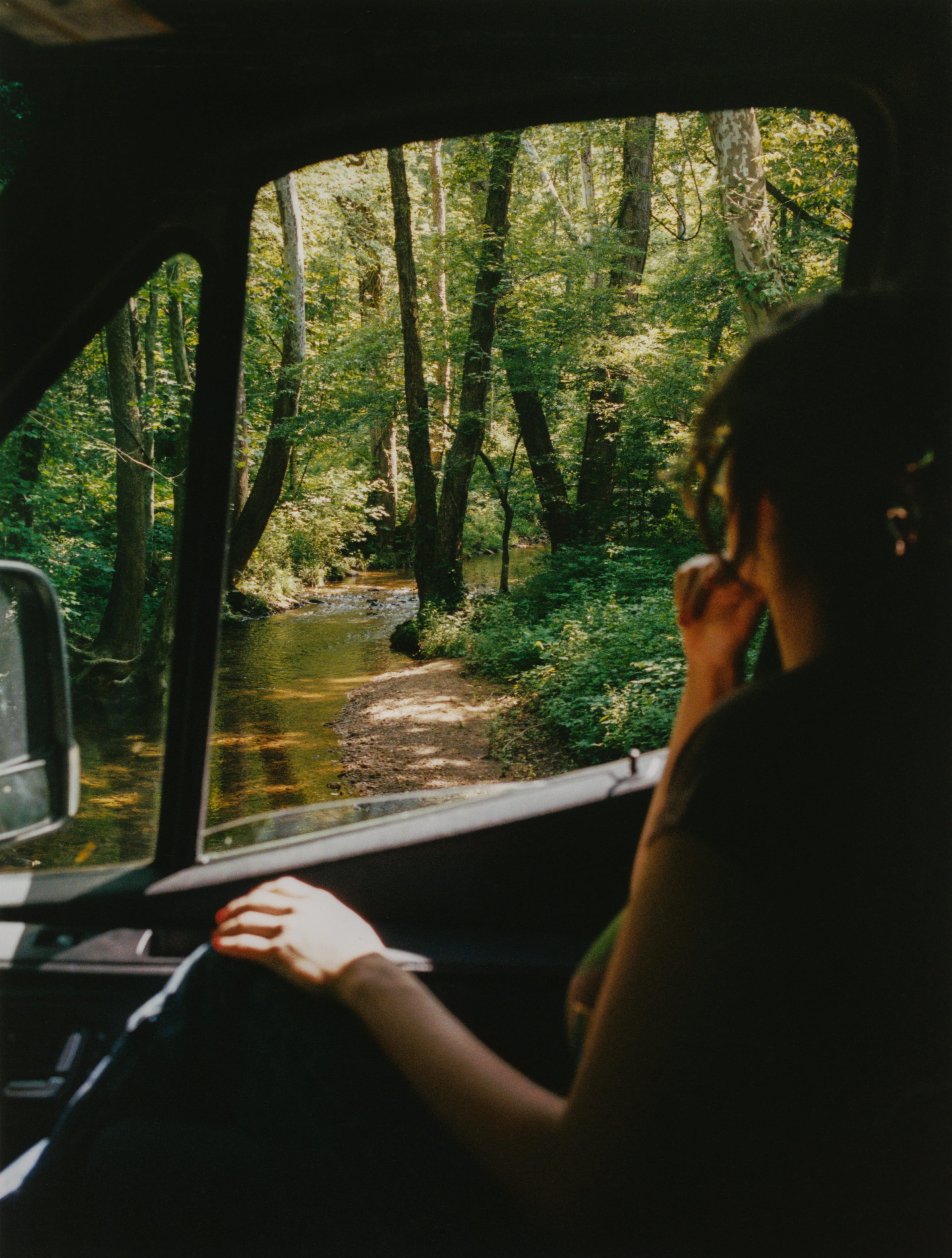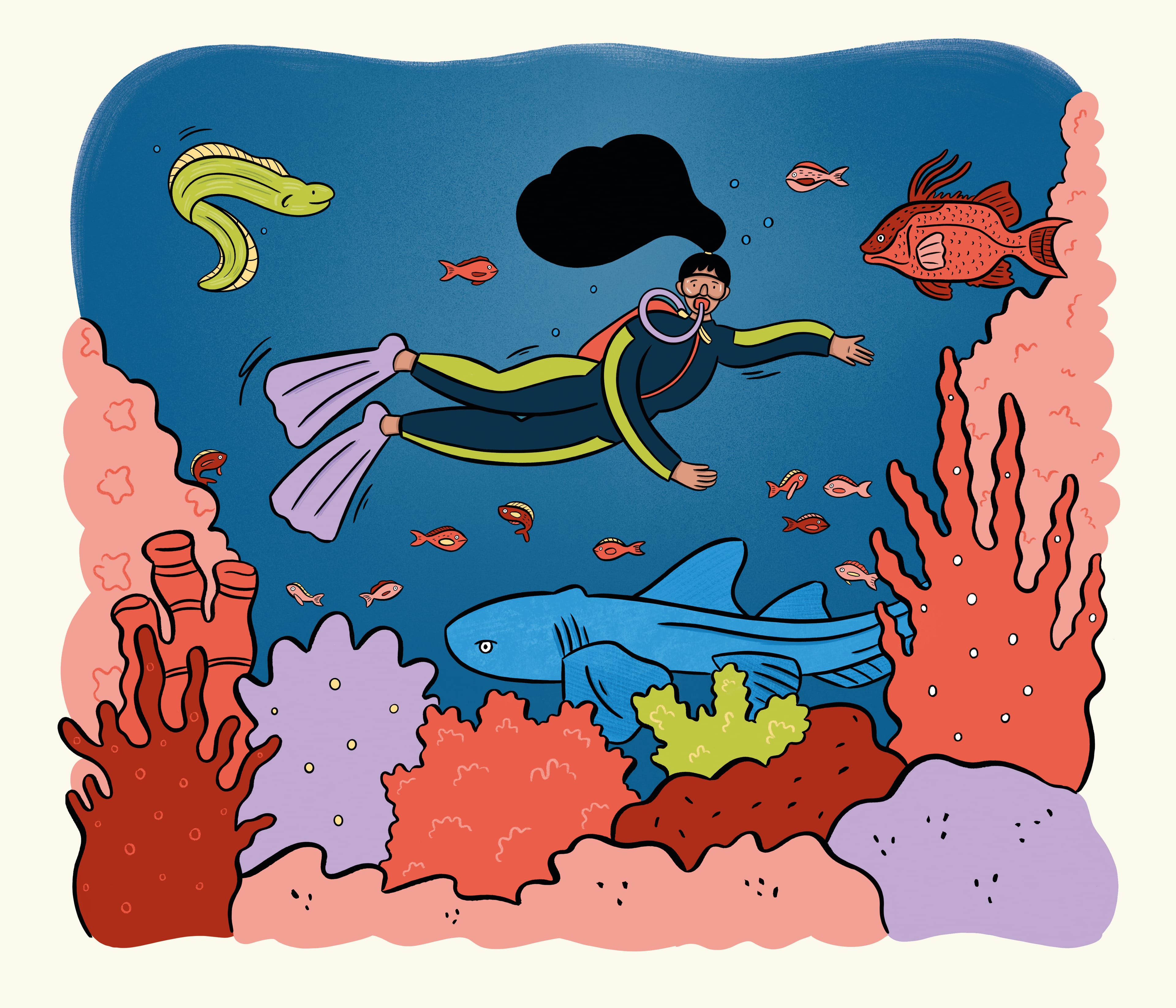What You Should Know About Diving in the Florida Keys
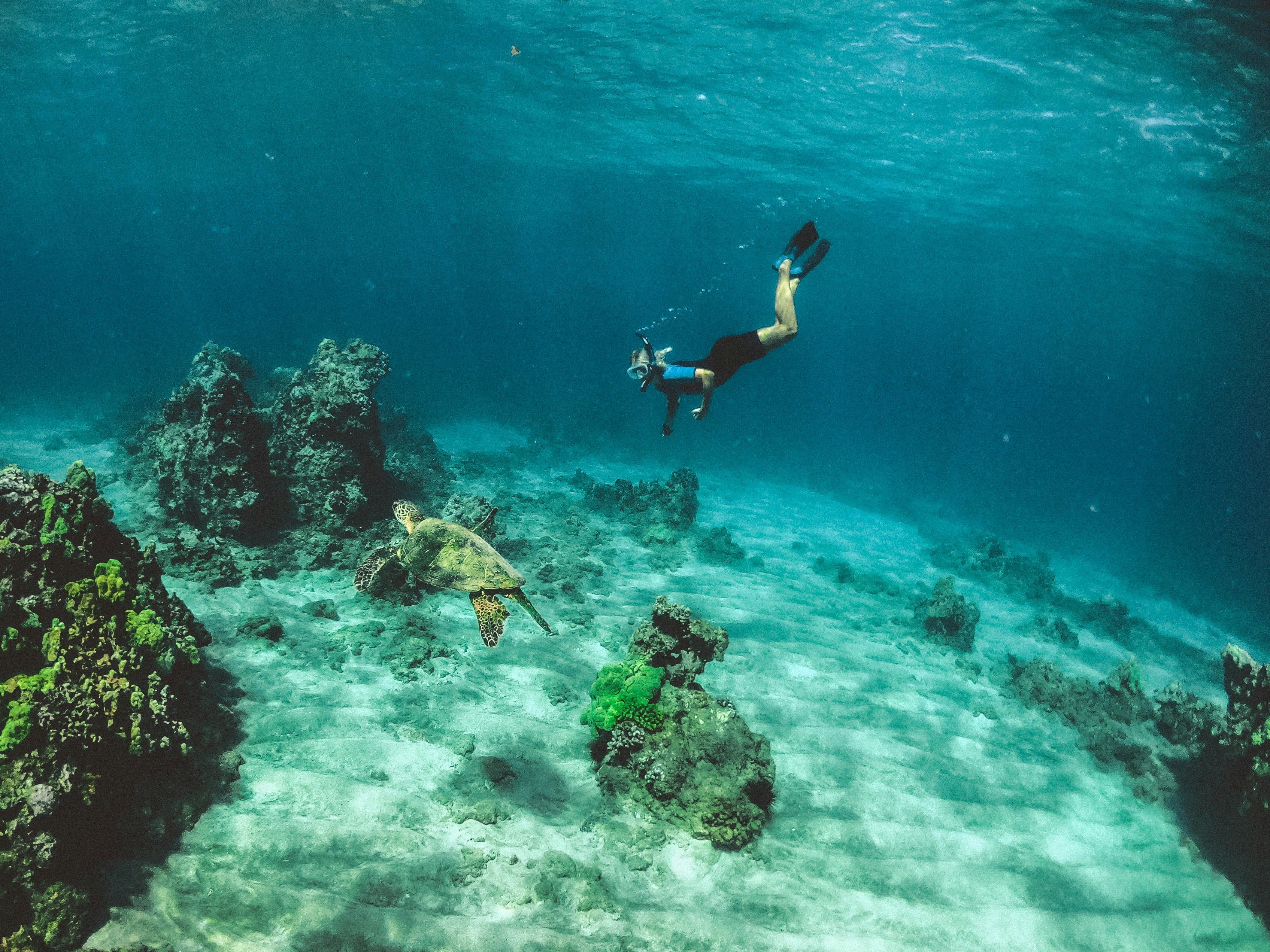
Historical background, exploration of the coral reef, key perspectives, cultural resources and more.
The full Keys magic lies beneath the ocean’s surface. An ancient coral reef has drawn humans into the depths for centuries to explore—quiet and weightless—among 500 species of marine life, from grouper to sea turtles to nurse sharks. Those people created stories of their own: tales of treasure and discovery, of wreckers who salvaged loot and sometimes lives in this vast underworld of wonder and awe. Those sagas continue.
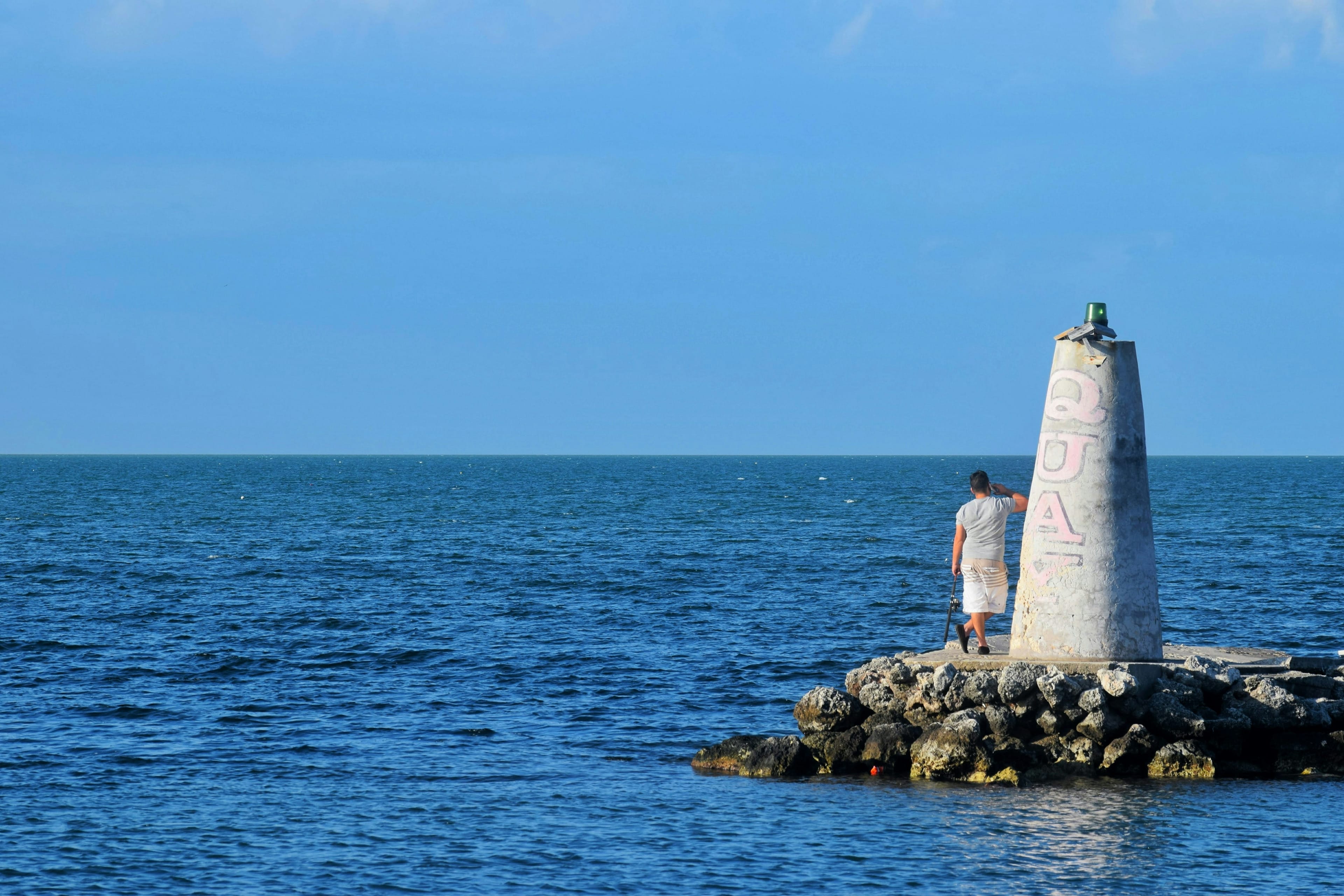
THE ELEMENTS

Florida Keys
Roadside diners, vibrant reef sites, shipwrecks, beloved bars, literary heritage and maritime traditions.
It’s a story of interdependence and diversity that began 10,000 years ago. Florida’s coral reef came into being as sea levels rose after the last ice age. Warm, clear waters with low phosphate and nitrogen levels and moderate wave action move oxygen and plankton to the reef, nourishing its growth. These same conditions in weather and water also make the reef’s exploration by humans all the more inviting.

The Pursuit
From Key Largo to Key West, diving in the Keys is world-famous and accessible year-round. The reef, with its rainbow of colors, teems with life. More than 2,000 shipwrecks (some yet to be discovered) are scattered along the arc of the Keys. The variety of sites and depths make this archipelago one of the world’s most versatile diving destinations, for beginners and advanced explorers alike. In summer, the waters are exceptionally calm, warm and inviting. The islands and their towns offer excellent access to the depths.
New to Diving?
A PROFESSIONAL ASSOCIATION OF DIVING INSTRUCTORS (PADI) Open Water Certification from a dive shop can get you safely beneath the waves. Certification includes classroom instruction, a pool session and open-water ocean dives. Certification typically takes two full weekend sessions, or four days. A self-paced online program is also available at padi.com. New divers also can consider a DISCOVER SCUBA DIVING lesson (a PADI program) at local dive shops. It doesn’t result in a certification, but affords beginners experience in breathing underwater and an introduction to scuba gear.
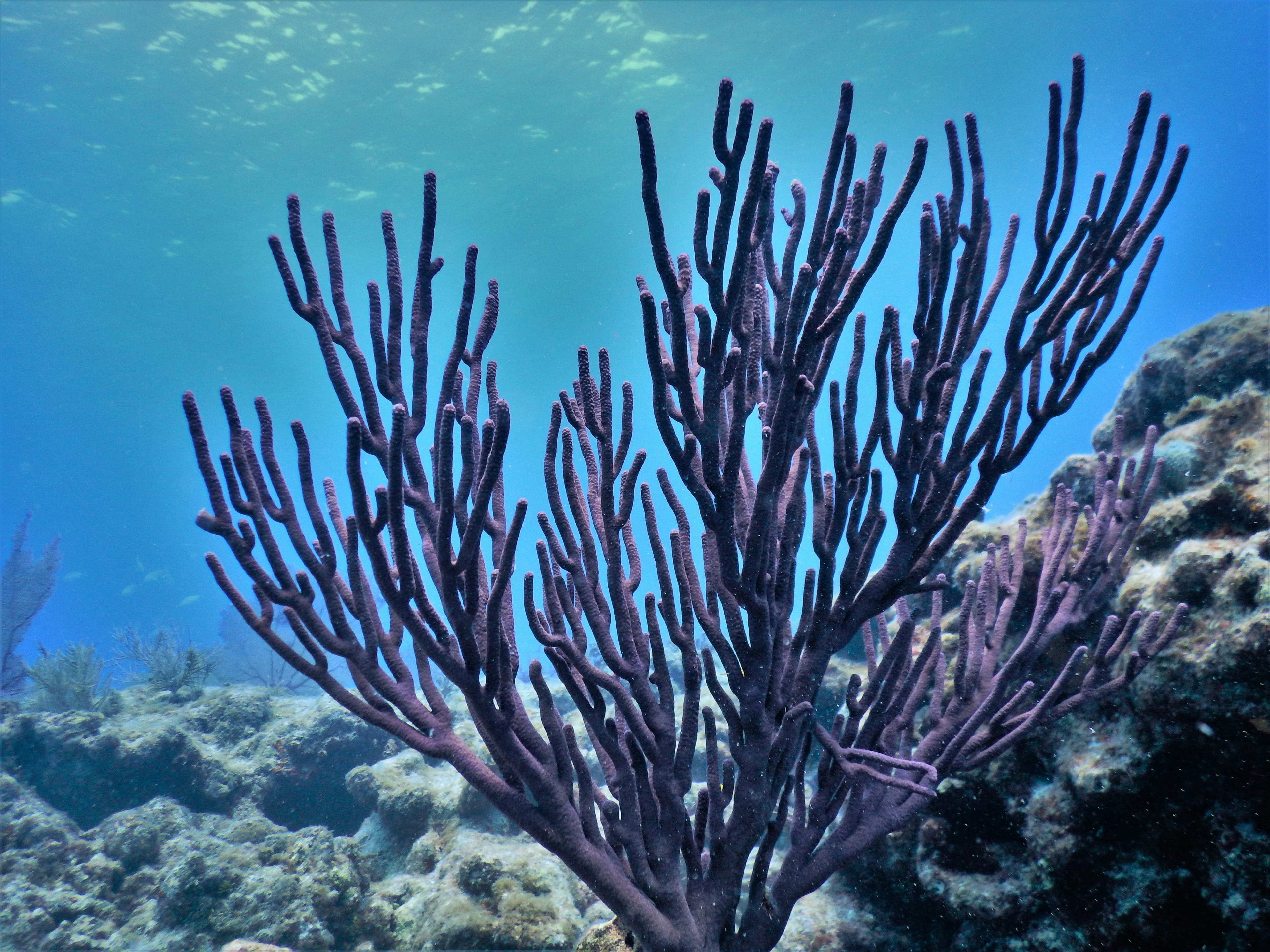
THE CORAL REEF
Present on Earth for more than 500 million years, coral reefs provide a critical habitat for marine life—a biome prized by divers, fishermen and scientists. Reefs cover less than 1 percent of the ocean floor globally, but are home to more than a quarter of all marine animals, from crabs and lobster to dolphins, stingrays and pufferfish. Known as the “rainforests of the sea,” reefs provide marine biologists an essentially unending supply of new-to-us species and biological insight. The Florida reef, the only living coral barrier reef in the continental United States and third largest in the world, stretches 350 miles—the entire length of the Keys and beyond, from Dry Tortugas to St. Lucie Inlet in Martin County. Climate change, overfishing, pollution and other human activities have damaged many reefs around the world. In the Keys, coral diseases, too, have decimated local populations of the stony coral species that build the reef over time as they live, die and leave behind their skeletal material. And though humans have caused many of these problems, scientists here and elsewhere hope human exploration can also be part of the solution.
floridascoralreef.org




